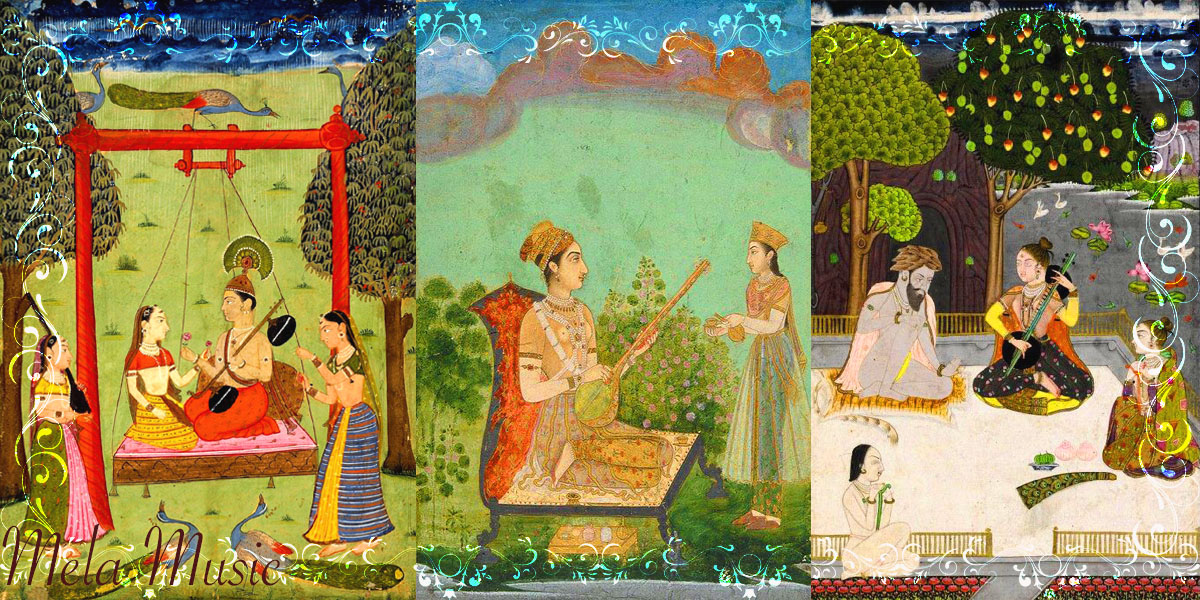
Raga Gaud Malhar is a powerful and evocative raga in the Hindustani classical music tradition. It belongs to the Malhar family of ragas, which are associated with the monsoon season and are known for their ability to depict the mood and elements of rain and thunderstorms. Raga Gaud Malhar is traditionally performed during the rainy season, specifically in the months of July and August. It is believed that the rendition of this raga has the power to invoke rain and create a cooling effect. The name “Gaud Malhar” is derived from the combination of two ragas, Gaud and Malhar.
The characteristic phrases and movements in Raga Gaud Malhar evoke the essence of a thunderstorm and the exhilaration associated with the arrival of rain. The notes are rendered with vigor and intensity, imitating the sounds of thunder, lightning, and pouring rain. The use of intricate melodic patterns, swift note transitions, and rhythmic improvisations adds to the dramatic effect of the raga. While Raga Gaud Malhar has a distinct identity within the Malhar family, there are variations and interpretations of this raga. Some musicians incorporate elements from other ragas such as Miyan ki Malhar or Sur Malhar to further enhance the monsoon mood.
The performance of Raga Gaud Malhar often includes compositions, such as bandishes and taans, that reflect the imagery and emotions associated with rain and the arrival of the monsoon. The renditions can be expressive, intense, and emotionally charged, portraying the joy, longing, and anticipation connected with the rainy season. Raga Gaud Malhar is considered a challenging raga to master due to its intricate melodic structures and the need to effectively convey the essence of a thunderstorm through music. It requires skillful improvisation and a deep understanding of the raga’s aesthetics to create a captivating performance.
Overall, Raga Gaud Malhar holds a significant place in Hindustani classical music as it captures the beauty and power of nature and provides a unique musical experience that celebrates the monsoon season.
